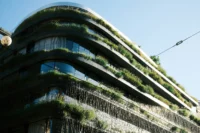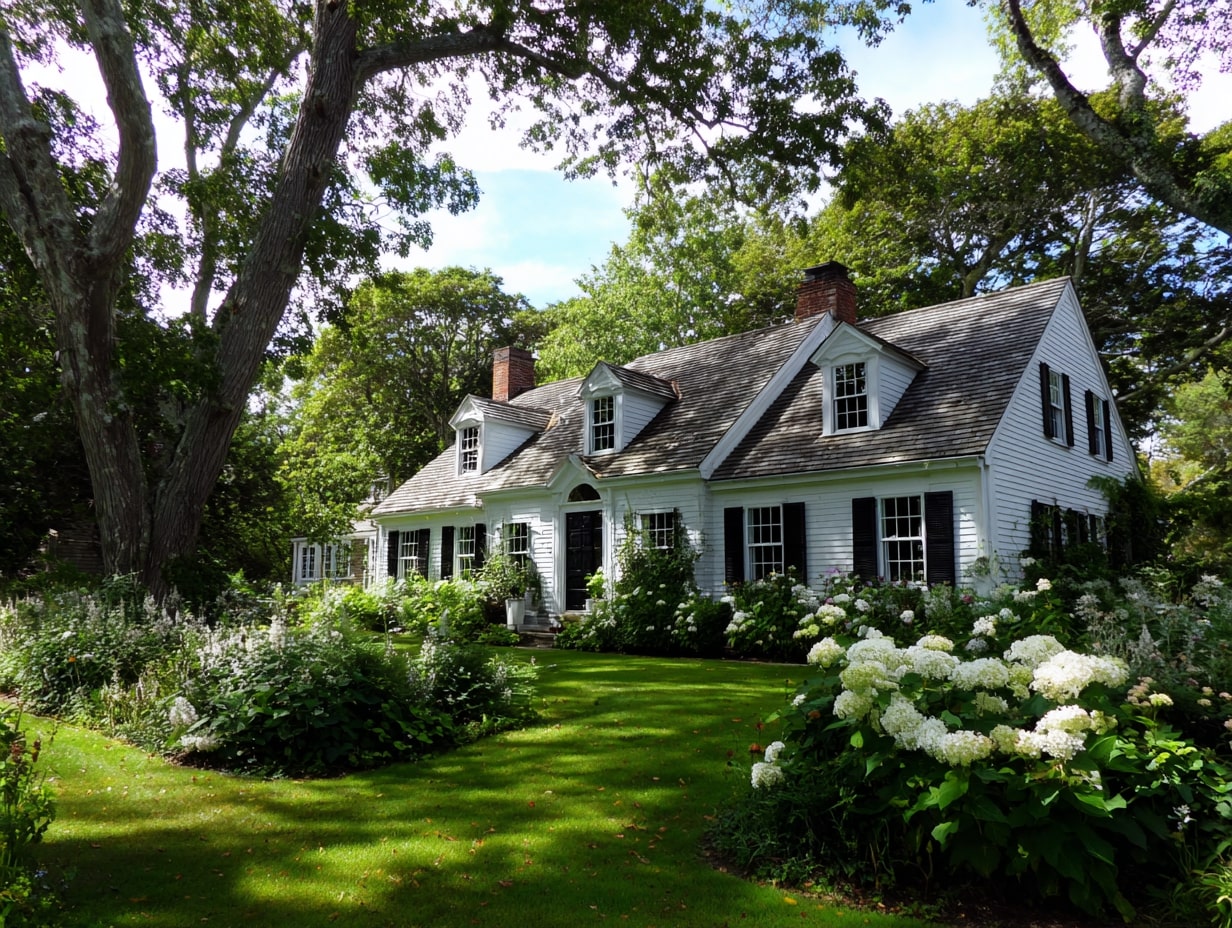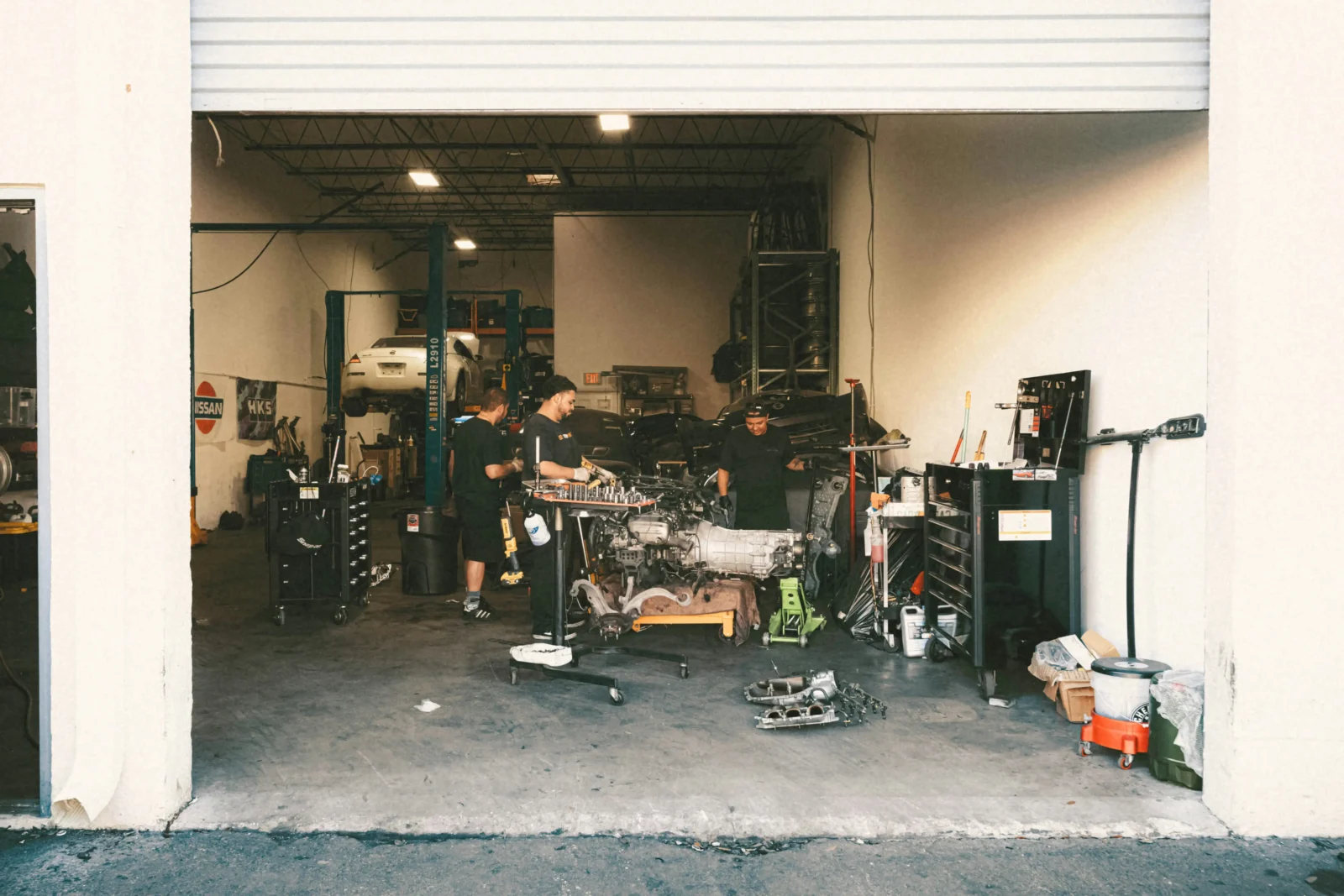- Home
- Articles
- Architectural Portfolio
- Architectral Presentation
- Inspirational Stories
- Architecture News
- Visualization
- BIM Industry
- Facade Design
- Parametric Design
- Career
- Landscape Architecture
- Construction
- Artificial Intelligence
- Sketching
- Design Softwares
- Diagrams
- Writing
- Architectural Tips
- Sustainability
- Courses
- Concept
- Technology
- History & Heritage
- Future of Architecture
- Guides & How-To
- Art & Culture
- Projects
- Interior Design
- Competitions
- Jobs
- Store
- Tools
- More
- Home
- Articles
- Architectural Portfolio
- Architectral Presentation
- Inspirational Stories
- Architecture News
- Visualization
- BIM Industry
- Facade Design
- Parametric Design
- Career
- Landscape Architecture
- Construction
- Artificial Intelligence
- Sketching
- Design Softwares
- Diagrams
- Writing
- Architectural Tips
- Sustainability
- Courses
- Concept
- Technology
- History & Heritage
- Future of Architecture
- Guides & How-To
- Art & Culture
- Projects
- Interior Design
- Competitions
- Jobs
- Store
- Tools
- More
Discovering the Intersection of Architecture and Art: Where Creativity Meets Design
Discover the dynamic interplay between architecture and art in our latest article, where buildings become canvases for creativity. Explore how artistic elements elevate design, transform public spaces, and reflect cultural narratives, featuring iconic examples like the Guggenheim Museum and the Sydney Opera House.

When we think about architecture, we often envision grand structures that define our skylines. But what happens when these buildings become canvases for artistic expression? The intersection of architecture and art creates a dynamic dialogue that enriches our environments and transforms our experiences.
From the intricate details of a façade to the bold use of color in public spaces, art breathes life into architecture, making it more than just functional. It challenges us to see beyond the walls and explore the stories they tell. In this article, we’ll dive into how these two disciplines collaborate to shape our world, sparking inspiration and igniting creativity in both artists and architects alike.

Table of Contents
ToggleOverview of The Intersection of Architecture and Art
Architecture and art intersect in numerous ways, enhancing our built environments. Both disciplines influence one another, creating spaces that are visually appealing and functionally impressive.

Artistic Expressions in Architecture
Architectural designs often incorporate elements of art to evoke emotions and provoke thought. Sculptures, murals, and installations add layers of meaning to structures, inviting interaction and engagement. Public buildings frequently feature art that reflects the community’s culture and values.
Functionality Meets Aesthetics
Buildings fulfill specific purposes, yet integrating artistic elements elevates their overall design. For example, iconic structures like the Guggenheim Museum exemplify how visual creativity can complement functionality. Innovative designs break traditional boundaries, resulting in dynamic spaces that inspire visitors.
Collaboration between Artists and Architects
Collaborative efforts between artists and architects yield unique results. Projects like the High Line in New York City demonstrate how art installations blend seamlessly with architectural landscapes, creating vibrant public spaces. Partnerships foster creativity, leading to transformative urban environments.
Cultural and Historical Contexts
Cultural influences shape the relationship between architecture and art. Historical buildings often showcase artistic styles that reflect the era in which they were constructed. Contemporary architecture embraces diverse artistic expressions, integrating cultural narratives into modern designs.
Emotional and Psychological Impact
The intersection of architecture and art significantly impacts our emotions and experiences. Art can transform spaces, making them more inviting and engaging. Thoughtfully designed environments contribute to our well-being, fostering a sense of connection and belonging.
By embracing the synergy of architecture and art, we appreciate how each discipline enhances the other. Together, they create spaces that are not only functional but also inspire and enrich our lives.
Historical Context
Architecture and art share a rich history, with each discipline influencing the other throughout various epochs. Understanding the architectural and artistic movements allows us to appreciate their interconnected evolution.

Architectural Movements Impacting Art
Various architectural movements have significantly impacted artistic expression.
- Gothic Architecture: This movement, characterized by its pointed arches and stained glass windows, enhanced art through its intricate designs and religious depictions.
- Renaissance Architecture: Focused on symmetry and classical elements, this period rekindled interest in humanism, inspiring artists to blend architectural features with human form representations.
- Modernism: Emphasizing minimalism and functionalism, this movement encouraged artists to experiment with new materials and techniques, leading to innovative artistic expressions within architectural frameworks.
- Postmodernism: Rejecting uniformity, this movement reintroduced ornamentation and historical references, allowing art to flourish in unexpected architectural forms.
Artistic Movements Influencing Architecture
Artistic movements also shaped architectural practices, often pushing boundaries and redefining norms.
- Baroque Art: Known for grandeur and emotion, Baroque art inspired architects to integrate dramatic effects, using light and space to create immersive environments.
- Impressionism: This movement emphasized perception and light, influencing architects to prioritize natural lighting and open spaces, enhancing the aesthetic experience.
- Cubism: By deconstructing forms, Cubism encouraged architects to break traditional layouts, leading to innovative designs that embraced abstraction and geometric complexity.
- Street Art: Emerging from urban environments, this movement has transformed public spaces, prompting architects to consider community engagement and cultural expression in their designs.
Through these movements, we see how architecture and art continually evolve, enriching our surroundings and experiences.
Key Examples of The Intersection of Architecture and Art
Numerous examples showcase how architecture and art intertwine to create extraordinary experiences. These instances highlight iconic structures and art installations that enrich our environments.

Iconic Architectural Structures as Art
- Guggenheim Museum, Bilbao: Designed by Frank Gehry, this building embodies avant-garde architecture. Its organic shapes and innovative materials reflect contemporary art movements, making it a masterpiece.
- Sydney Opera House: Jorn Utzon’s iconic design resembles a sailboat. The building’s unique form allows it to harmonize with its harbor setting, merging functionality with artistic creativity.
- Torre Agbar, Barcelona: Jean Nouvel’s skyscraper stands out for its colorful facade, changing hues at night. The structure exemplifies how architecture can convey artistic expression through light and color.
- Burj Khalifa, Dubai: The world’s tallest building combines modern engineering with aesthetic elegance. Its sleek, towering silhouette influences Dubai’s skyline and represents a blend of cultural and artistic symbols.
- Vitra Fire Station, Germany: Zaha Hadid’s design showcases her signature style, characterized by bold, angular forms. The structure serves not only as a fire station but also as a spatial representation of movement and dynamism.
Art Installations within Architectural Spaces
- The Serpentine Pavilion, London: Each year, an architect designs a temporary pavilion in Kensington Gardens. Artists are invited to create installations that enhance the architectural significance, transforming public spaces into artistic experiences.
- The Nike Factory Store, New York: This retail environment features graffiti art that reflects the urban athletic culture. The artwork connects the brand’s identity to the architectural space, creating an immersive shopping experience.
- The High Line, New York City: This elevated park incorporates art installations alongside lush greenery. Sculptures and murals interact with the surrounding architecture, enhancing community engagement and artistic appreciation.
- Louis Vuitton Foundation, Paris: Frank Gehry’s building houses contemporary art exhibitions. The structure itself, with its sail-like glass panels, acts as both an artwork and a gallery, demonstrating the synergy of art and architecture.
- The Pompidou Center, Paris: Designed by Renzo Piano and Richard Rogers, its exposed structures feature colorful pipes and ducts. The center integrates modern art and architecture, making it a cultural landmark that promotes artistic expression.
Theoretical Perspectives
The relationship between architecture and art encompasses a range of theoretical insights that deepen our understanding of their intersection. We explore the philosophical and contemporary theories that describe this dynamic connection.

Philosophical Approaches to Architecture and Art
Philosophical perspectives provide a foundational context for the interplay between architecture and art. We can trace ideas from figures such as Vitruvius and his concepts of beauty and utility in structures, emphasizing that architecture transcends mere building. Modern thinkers like Alain de Botton and his reflections on architecture’s role in human emotions highlight that spaces influence our experiences, enhancing or diminishing our sense of well-being. Furthermore, Gaston Bachelard’s notions of space as a poetic experience remind us that architecture can evoke feelings akin to art, marrying form with emotion. These viewpoints assert that both disciplines serve not only functional purposes but also aesthetic and emotional functions within our environments.
Contemporary Theories on Their Relationship
Contemporary theories focus on the evolving relationship between art and architecture in a rapidly changing world. We observe how postmodernism champions eclectic styles, fostering hybrid forms that merge various artistic influences within architectural designs. The phenomenon of relational aesthetics illustrates that public art installations engage communities, transforming urban spaces into interactive experiences. This theory posits that the collaboration between architects and artists can generate innovative solutions that address social and cultural needs. As we analyze these theories, we recognize the importance of contextual relevance, with contemporary architecture often reflecting local culture and history while integrating cutting-edge artistic techniques. These emerging concepts emphasize a collaborative ethos that positions architecture not just as shelter but as a cultural artifact enriched with artistic narratives.
Conclusion
We recognize that the intersection of architecture and art creates a rich tapestry of experiences. Art elevates architecture beyond mere structure, transforming functional spaces into inspiring environments. This synergy fosters emotional connections, enhances community identity, and reflects cultural narratives.
We observe that historical and contemporary movements shape these disciplines, demonstrating an ongoing dialogue between artistic and architectural practices. Iconic examples, like the Guggenheim Museum and the Sydney Opera House, illustrate how art and architecture seamlessly intertwine, offering more than just visual appeal.
We appreciate the collaborative efforts within urban spaces, such as the High Line, which combine artistic expression with architectural innovation to engage communities. The integration of public art within architecture invites us to interact with our surroundings in meaningful ways.
We acknowledge that theoretical perspectives deepen our understanding of this relationship. Insights from figures like Vitruvius and Gaston Bachelard highlight the profound impact of aesthetics on human experience within these spaces. Contemporary theories emphasize the necessity for relational engagement, reinforcing the importance of context and local culture.
Ultimately, we embrace the notion that architecture serves as a cultural artifact, enriched by the narratives of art. This intersection invites us to explore and appreciate the environments we inhabit, inspiring us to recognize the beauty and functionality that both architecture and art contribute to our lives.
- architectural art design
- Architectural creativity
- architectural design inspiration
- architecture and art
- architecture art collaboration
- art-infused architecture
- artistic architecture firms
- artistic interior design
- creative architectural design
- creative design studios
- design meets art
- fusion of art and architecture
- innovative architecture design
- intersection of architecture and art
- modern art-inspired design
- sustainable art architecture
Submit your architectural projects
Follow these steps for submission your project. Submission FormLatest Posts
American Architecture Styles That Shaped a Nation
Explore American architecture styles from Colonial to modern—key features, icons, and timelines...
How Environmental Planning Shapes Modern Architecture in Houston
Houston does not design buildings in a vacuum. Every structure rises inside...
Smart Steps for Repairing Your Garage
Keeping your garage safe and reliable is mostly about steady habits and...
Why Scale Matters in Architecture
Why Scale Matters in Architecture: see how human, building, and urban scales...












Leave a comment